There are two main routes heading through the mountains to the east out of Kabul. The Latabad Pass, which is a poorly maintained dirt track road, and the Mahipar Pass which is a newly paved road and in excellent condition. Both passes funnel traffic into the village of Surobi and from there all traffic heading east must take the main Jalalabad to Kabul road, which is also called Route One. The trip between Jalalabad and Kabul takes about two hours on the paved road and four on the Latabad Pass route. Traveling in the east was very safe until this past summer when fuel tankers started getting ambushed in the Tangi valley, which is just to the east of Surobi. Some of these attacks were made by criminal gangs to cover up fuel theft and some looked to be the work of Taliban affiliated fighters. The first post on this blog covered our efforts to determine what was happening on this vital route.
Security on the route has improved in the past week as the Afghan National Army patrols it much more aggressively. They have to because almost all the supplies needed by ISAF enter the country at the Torkham border and move over the Jalalabad Kabul road.
The main road out of Kabul goes through the Puli Charki pass. This is a good picture of that pass looking back towards the direction of Kabul.
The road then heads down the Mahipar Pass which is really spectacular;
The guys at Bill and Bob’s Excellent Adventure have video of them driving the switchbacks of Mahipar Pass in their Hummers which you can find here. They say it takes them three hours to do this drive the Bot and I average 90 minutes. Being unarmored and low profile allows us to move smoothly through the countryside and smooth is fast.
As the road heads towards Surobi a few abandoned villages can be seen across the river. These villages were destroyed by the Soviet Army who would not tolerate attacks on their military convoys. If they felt a village had provided Mujaheddin fighters with sanctuary there was only one response complete destruction. When you see a village like this today which has not been reclaimed by people it is a good indicator that there are lots of mines and/or unexploded ordinance seeded into the soil. Only the very foolish would approach structures like this. When the de-mining teams work these areas they leave behind white rocks where they have cleared, and with the white rocks will come people to reclaim what little productive land remains around these unfortunate settlements.
One of the frequent and more interesting sights along this road are the nomadic Kuchi people, who head up into the northern mountains for the summer and back into the lower plains around Jalalabad during the winter months. These are a hardy people who follow their own ancient traditions even the Taliban were deferential to them and did not attempt to force their women into the Burka. They are mostly illiterate and they have not had a good run since the Soviets invaded Afghanistan almost 30 years ago. Drought, land mines, UXO’s, and constant conflict with Afghans villagers over open range grazing areas have decimated the Kuchi. These are people who really bitterly cling to their guns and religion – and with good reason.
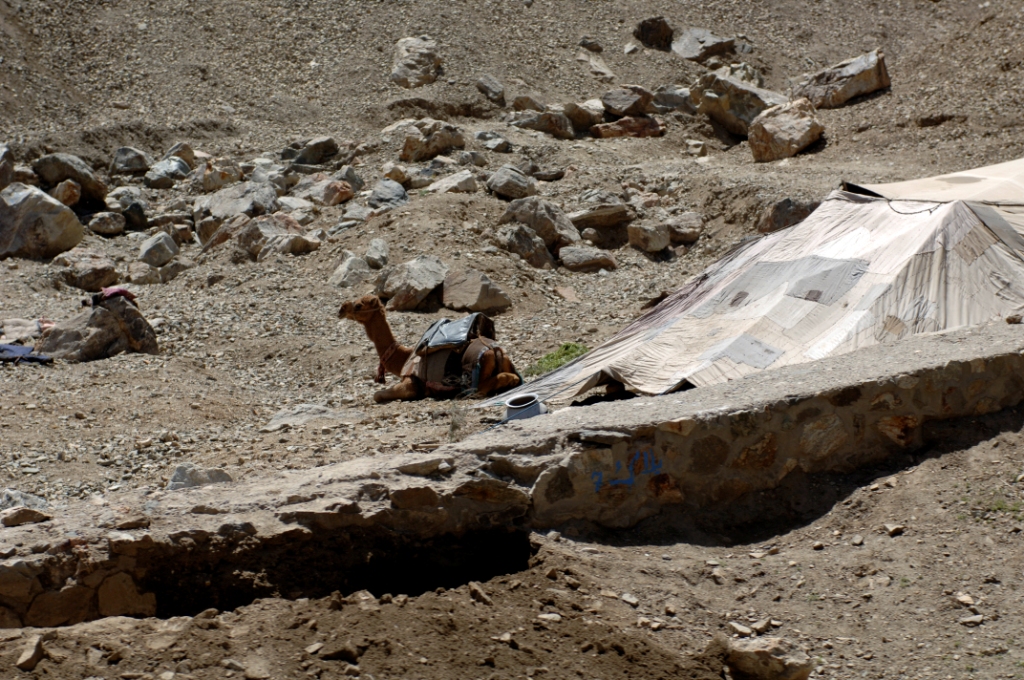
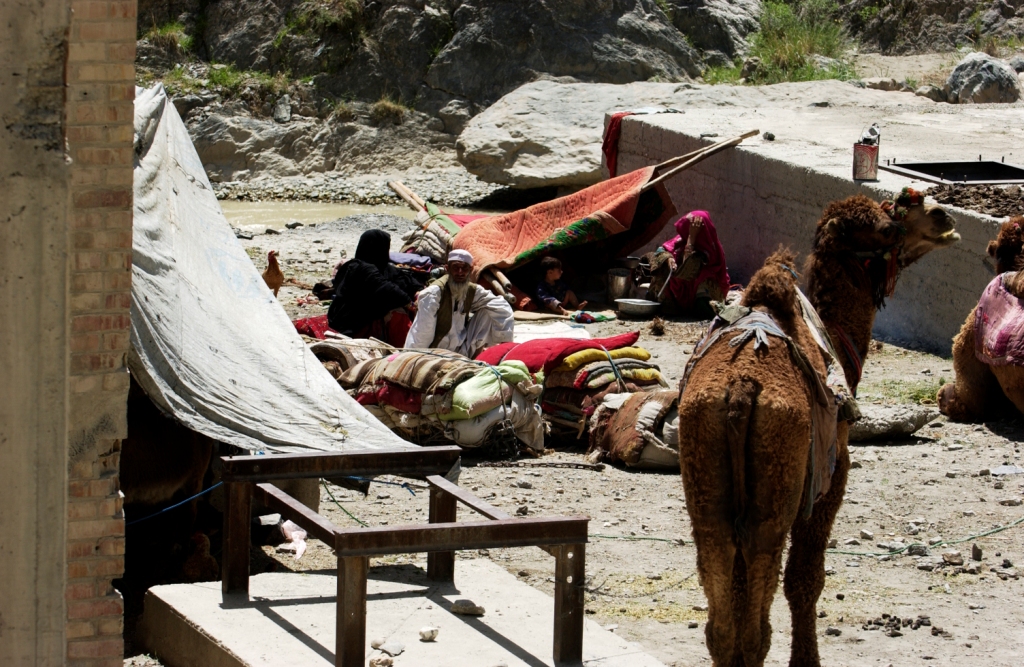
The Kuchi nomads are not the only people you see on this road Afghan families being repatriated by the UN are a common site too. This used to be a money maker for more affluent Afghans. Every spring they would fly into Peshawar and rent a truck, fill it with empty boxes and some cheap livestock, rent a family or two worth of woman and children to throw on top, and then proceed to the UN repatriation station for their cash payment to go home. Much to my surprise I have learned there are parts of the UN which function with admirable efficiency. This was the case with UNDP Peshawar who obtained biometric data measurements on all returning displaced persons thus instantly eliminating the massive fraud which had plagued the program. The UN also runs absolutely first rate mine dog training and certification programs, thus ensuring mine dogs are in fact performing to standard. There are no similar standards for bomb dogs in Afghanistan outside of the military working dogs and almost every bomb dog team in this country should be considered suspect. The good canine operations will follow the US Army training manual on canine team employment to the letter; the marginal operations have little in the way of training program documentation at all. It is too bad the UN does not have a mandate to certify all detection dog teams working in Afghanistan.


Here is a picture of the Latabad Pass dusty, miserable, dangerous and long. We had to use this route for about three months earlier in the year when the main route was closed for repairs. I get a headache just thinking about it.
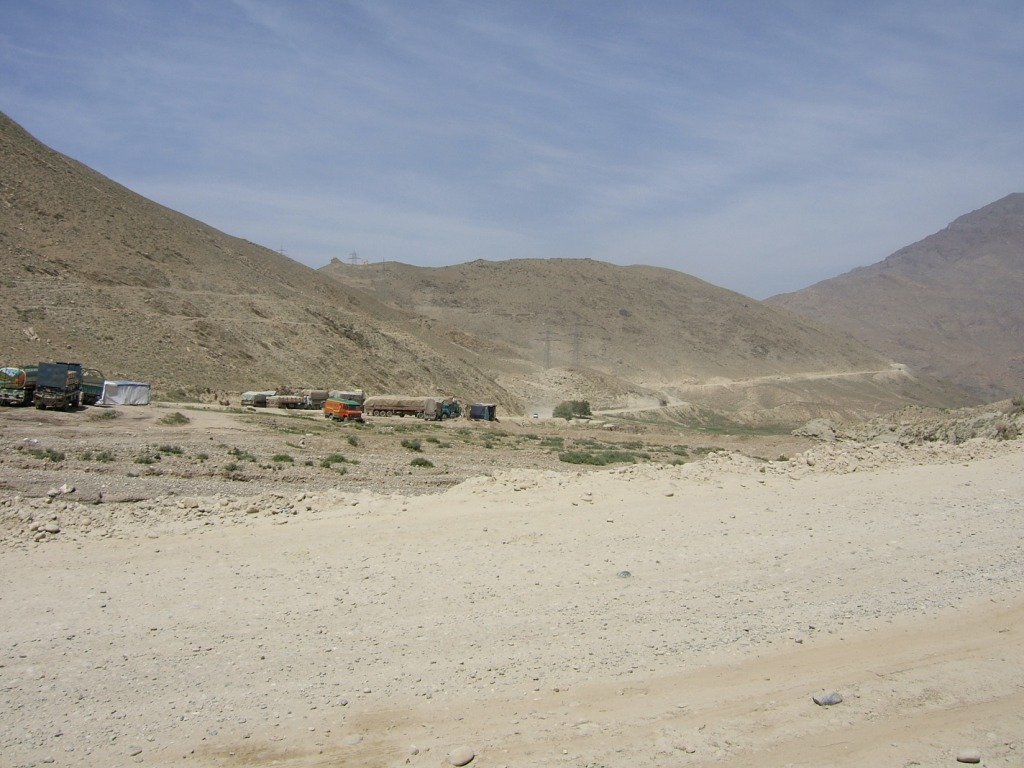
All passes lead into Surobi a large town with good water and 24/7 electricity thanks to the hydroelectric dam which is named after the town. This is the territory of Hezb-e-Islami Gulbuddin (HIG) which was founded by the warlord Gulbuddin Hekmatyar. The boys from HIG are not our friends. Their leader is not too friendly with the Taliban either, but does cooperate with them when it is in his interests. He also has a long association with Al Qaeda and we believe that the foreign fighters who moved into the Surobi area and tangled with the French back in August were funded and protected by HIG. Although there is a strong Afghan police presence in Surobi and many internationals travel through the town daily on Rte 1 it is not a good idea to stop here.
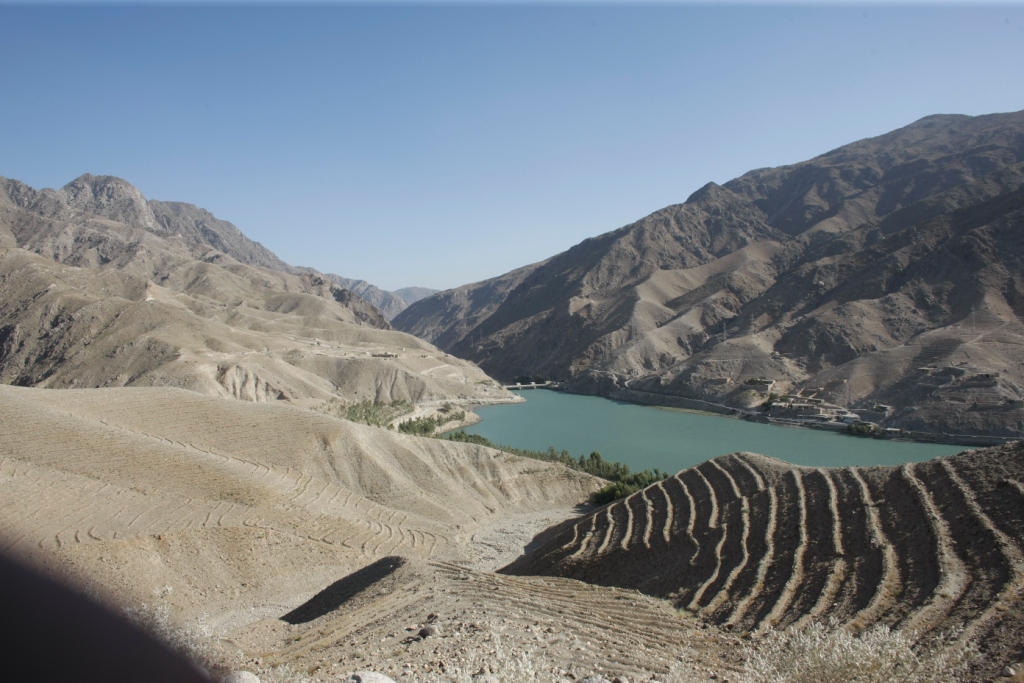
Once you exit Surobi (if you’re smart) you’ll drive like hell through the Tangi valley and on into Jalalabad. The Tangi saw a half dozen or so attacks on fuel tankers this summer. Since the end of Eid there have been several reports of Taliban affiliated vehicle check points (VCP’s) appearing on this part of the road. These VCP’s could well be manned by criminals who are shaking down motorists for money, but UNDSS reports say they are looking for Afghans who work for the government or international organizations. It is hard to say without interviewing the Afghans who were stopped at these VCP’s, but I can tell you this much it is impossible for these VCP’s to operate without some sort of tacit support from the ANP who man checkpoints on the road every 2 to 3 kilometers. I drove to Kabul yesterday to resupply the Taj bar and saw that the Afghan National Army (ANA) had units on the road and in the high ground throughout the Tangi Valley area. They really have to drive any criminal or enemy activity off the road because all of the ISAF supplies and most of the Afghan legitimate commerce travel this route to and from Pakistan. If the route were cut the impact on both the international military and normal Afghans would be disastrous.
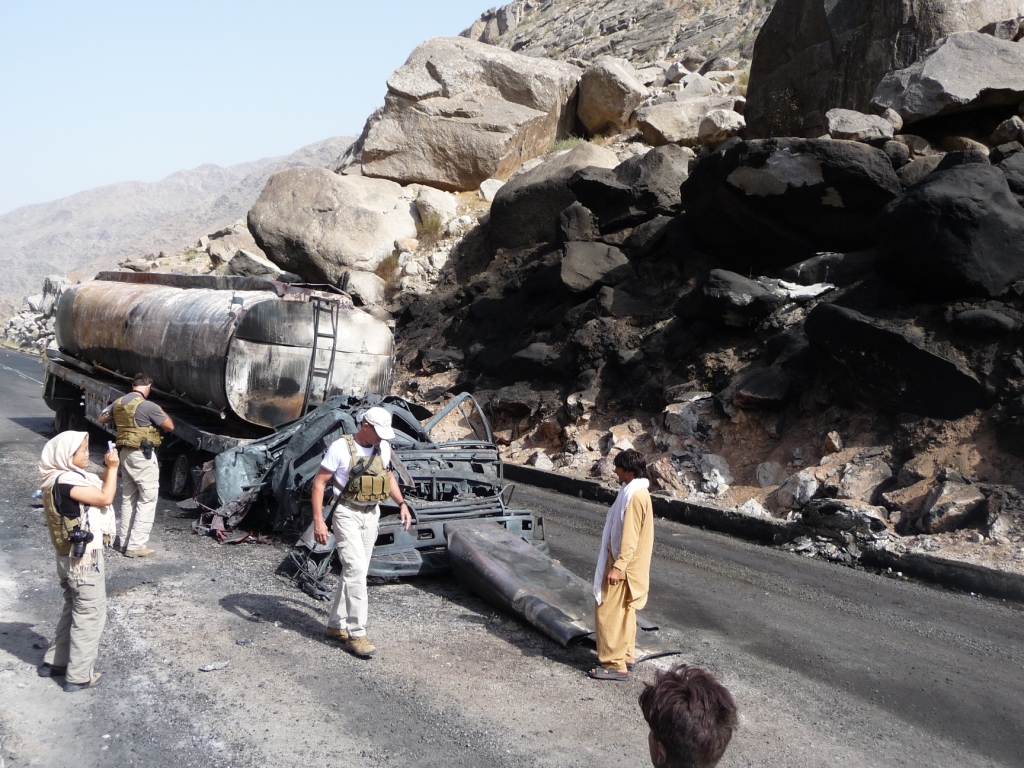
When heading into the east of Afghanistan the international visitor has to stay on the main paved roads and really has one of two destinations. They can visit Jalalabad or they can head to the Torkham border and cross into Pakistan via the Khyber Pass. The other Provinces in the east Nuristan, Kunar and most of Laghman are considered extremely high risk. The US Army averages several firefights per day in Kunar Province (although they rarely take any casualties). Nuristan is very isolated and violent and would generate more incident reporting were it not for the fact that no international organizations (except the military) operate there. Jalalabad City is in Nangarhar Province which is generally considered to be stable. However the districts of Nangarhar bordering the Spin Ghar (White Mountains which contain Tora Bora) are rapidly falling out of the government’s control. Taliban flags now fly openly in the bazaars of Khogiani district which is very close to Jalalabad moving off Rte 1 into the surrounding countryside is not a good idea unless you really know what you are doing.
Jalalabad is a city of some 200,000 people and sits at the junction of the Kabul and Kunar rivers. It remains the business center for the region and is considered a “green” or open city by the UN. There are lots of schools in Jalalabad and lots of kids. The international community has been here over seven years yet there is still very little electricity or infrastructure improvements. There is a hydro electric dam in the Duranta area just outside the city which is supposed to be refurbished as part of the US AID AIRP program. The Louis Berger Group was awarded this multi-Billion dollar program in 2006 but they have not gotten around to the Duranta Dam which is (to be fair) a very small component of that massive effort.
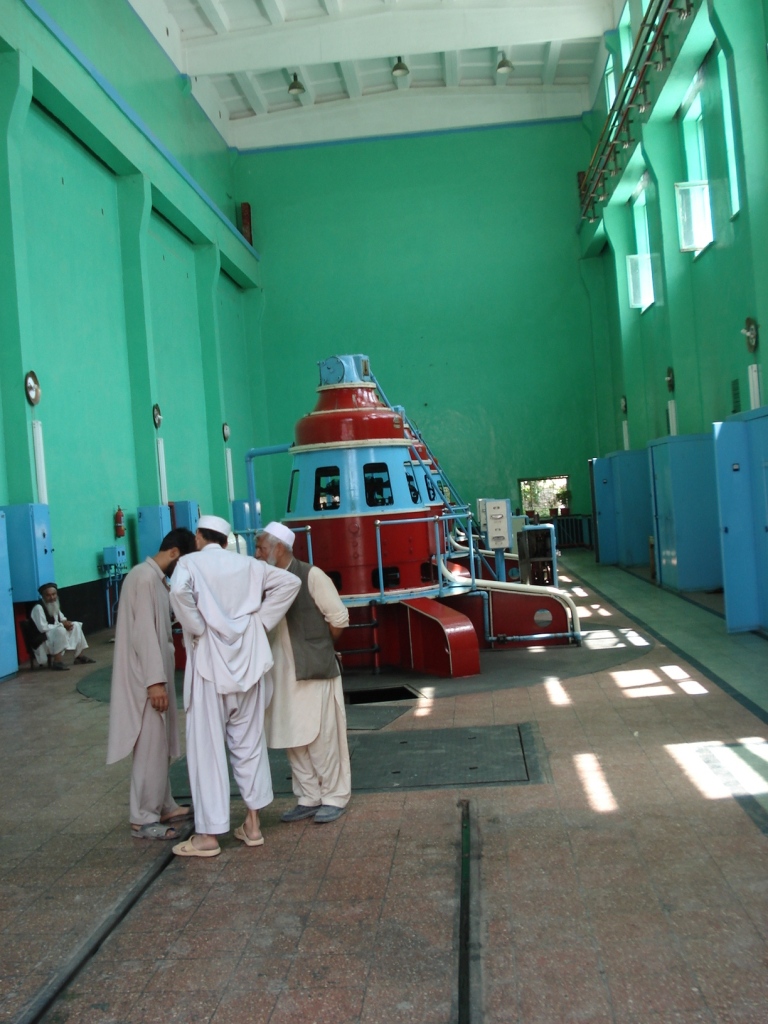
The Duranta Dam was built in the 1950’s by the Soviet Union and is producing 25% of its rated capacity due to equipment shortages. The plant managers told me that it was bombed by US planes back in 2001 but I don’t believe that. When American Tactical Aircraft go after a target like a hydroelectric dam there is normally not much left of it when they finish. I saw no evidence that it had been attacked back in 2006 when we conducted a security assessment for the refurbishing project we thought was to start back then. There are probably good reasons why, two years later, nothing has been done. No doubt one could sit in the US Embassy and get a great PowerPoint from US AID explaining what to me is unexplainable.
So the people of Jalalabad go without electricity and seven years into our rebuilding effort you see this; schools without lights, or heat, or much of anything. Allow me a slight rant here please. Every year I hear the ISAF commander stressing the fact that the reconstruction effort is the most important mission in Afghanistan. There is no question that this is true. Yet the reconstruction effort has yet to gain momentum while the central government continues to lose control over larger sections of the countryside. This will slow the reconstruction effort to a snail’s pace. Well, that is not true – it is at snails pace now and always has been so I guess I’ll have to think of a metaphor for slower than a snails pace.

We are cursed by the “man on the moon” phenomenon. The Afghans believe that if we could put a man on the moon than we are more than capable of fixing their infrastructure if we really wanted to. I understand that this is a common problem in third world redevelopment work. Another common problem is the conviction amongst the educated locals that the CIA has a master plan and everything that happens is a planned milestone from the master plan. Trying to explain the historically dismal record of our Central Intelligence Agency is pointless no one believes you. And so the frustration mounts and the population which is the center of gravity slips further away from us. These are the seeds of disaster which if allowed to grow will cause our defeat.
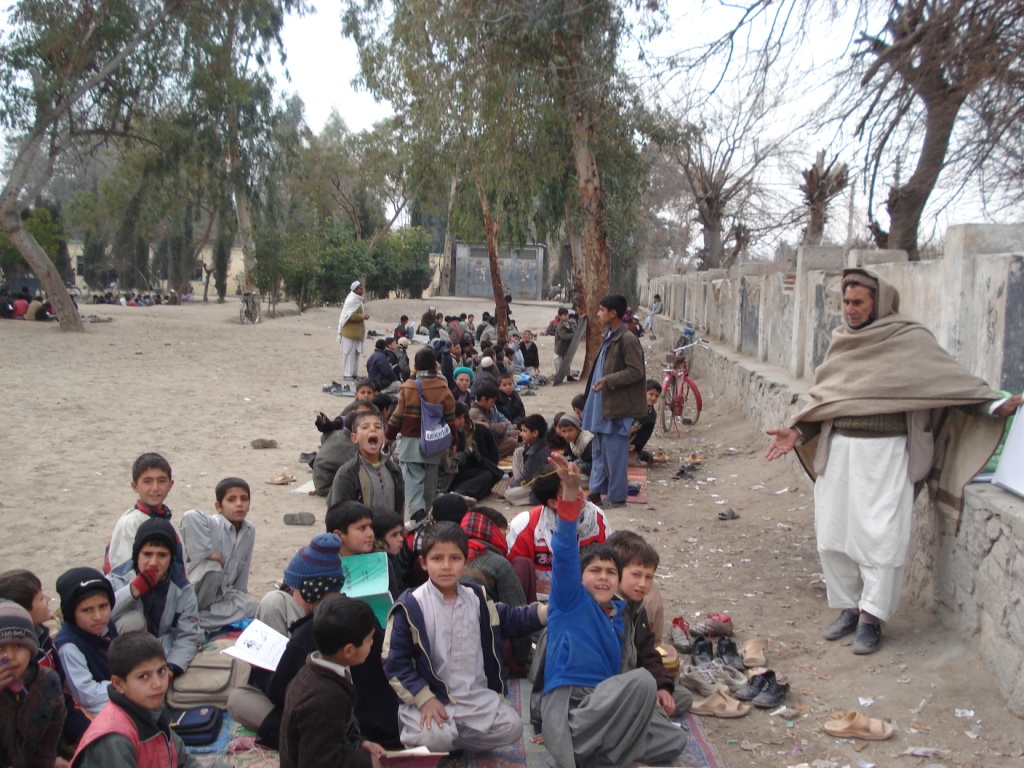
The second best reason to drive east from Kabul is to pay a visit to the Khyber Pass. You need to obtain special permission to transit the tribal areas of Pakistan. If you enter from the Afghanistan side and exit the tribal lands in Peshawar you have to again get permission to transit them back to Afghanistan. I learned this the hard way which was a most unpleasant experience and cost me a ton of cash. The pass is just plain cool 53 kilometers long and 3 meters wide at its most narrow point. On one of my trips I was escorting a diplomat from one of our strongest allies. We had a large armed escort which you can see in the picture below. Note the old belt fed machinegun bungee corded to the top of the pickup bed cover. This is a stupid way to rig a machinegun and is more for show than utility. It also tells the military experts out there a lot about the kind of weapons and support the Khyber Rifles enjoy today. These old weapons may help explain why the Frontier Corps gets beaten like a drum every time they try to take on the Pakistani Taliban.

The Michni Post is the ceremonial HQ of the Khyber Rifles and it overlooks the Torkham crossing into Afghanistan. The Khyber Rifles do an excellent dog and pony show for visiting VIP’s. I’ll let the pictures tell that story.

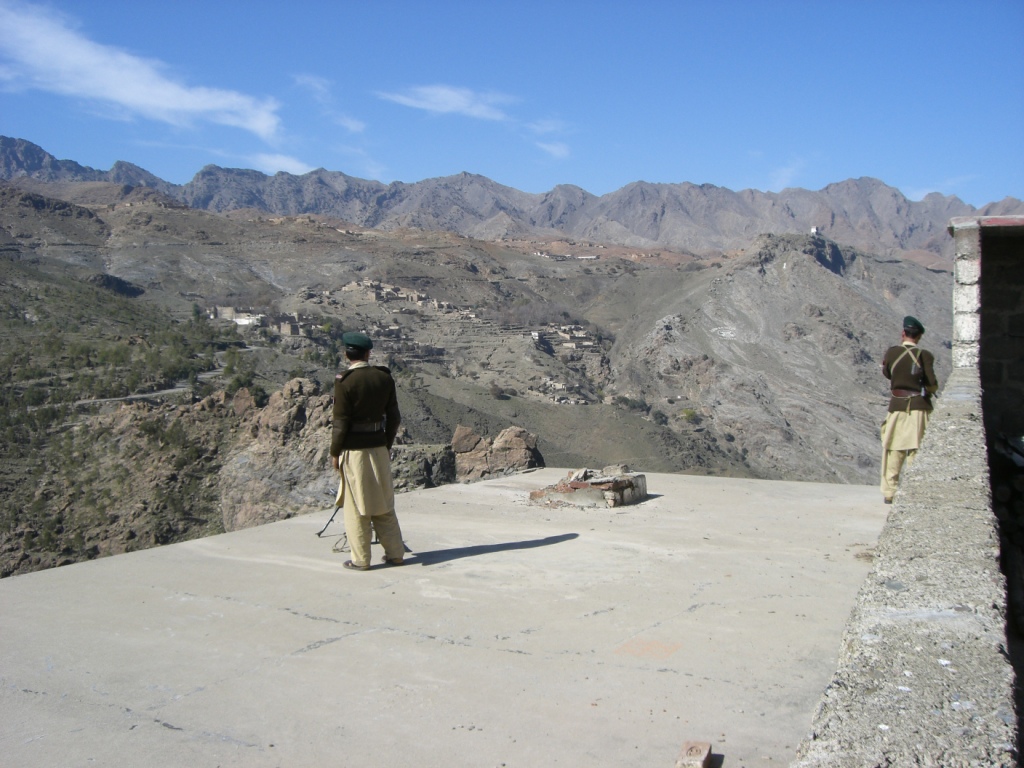
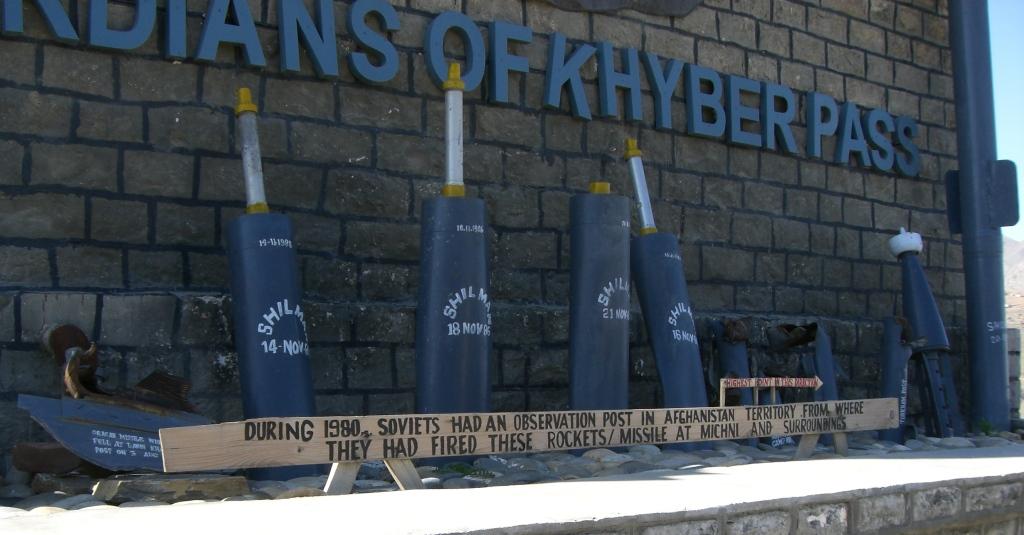
If you are on the VIP tour you will also stop into the Khyber Rifles officer club. Back in the 1920’s when the British were still garrisoning the Khyber a group of junior officer’s stumbled out of this club in the early morning hours and thought they saw the large oak tree in front attempting to desert the post without proper orders. They had the sergeant of the guard place the tree in chains and those chains remain there to this day.

Like any proper O club there are lots of plaques including this one from the mighty 22 MEU. I know Col McKenzie (now a two star if memory serves) and I’m pretty sure he didn’t clear the spelling on this plaque. I would be interested in learning how it got there. Col McKenzie commanded the 22nd MEU in 2001 2002 when they were down south policing up the Taliban and I can’t imagine that he found time for a courtesy call on the Khyber Rifles. By 2004 the good Colonel would have been on another assignment – you only get one shot at commanding a MEU. Check out the old uniforms on the side boys which reflect the incredible history of the Khyber Pass. As an old military man there are few things more interesting to me than this kind of nonsense.
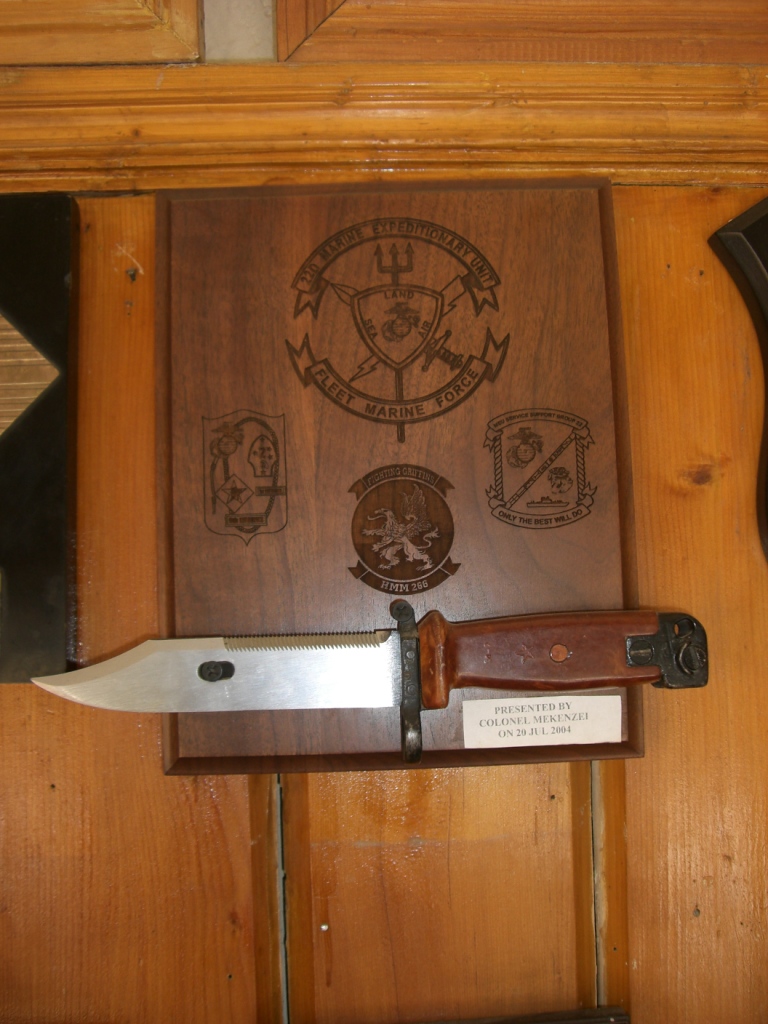

My first trip to the Khyber was self funded. I had a month to kill before going home at the end of a contract. Going home earlier would have cost me around 25k in income taxes as I had been outside the country for just 10 months. Yahya and I headed to Peshawar to kill a couple of weeks and Yahya’s childhood friends welcomed us like we were part of their extended family. This trip was on the cheap so I wore my Shalwar Kameez and we stayed in a dive guesthouse. They had 24/7 Fox News in the City View Inn which made my stay most enjoyable. We applied for permits and traveled the Khyber with Afridi tribal fighters who knew Yahya since he was boy. Yahya’s family had moved to Peshawar to escape the Soviets, but returned just before the Taliban took over. That proved to be a big mistake. The Afridi’s were an interesting crew who all wanted to immigrate to the US. I told them to cough up Bin Laden and I’d get the whole tribe green cards which they thought was really funny. Because I was their guest of honor I was duty bound to eat lunch in the most disgusting room I have set foot in. Being an American guest of honor I got to pay for the feast too which wasn’t exactly cheap. The Afridi tribe is a collection of land pirates who don’t really follow the tenants of Pashtunwali. The meal was actually very tasty and I didn’t get sick which was nothing short of amazing. We also traveled around Peshawar which has interesting museums and is home to the famous Qissa Khawani Bazaar.
Once again I’ll let the pictures flesh out the story.
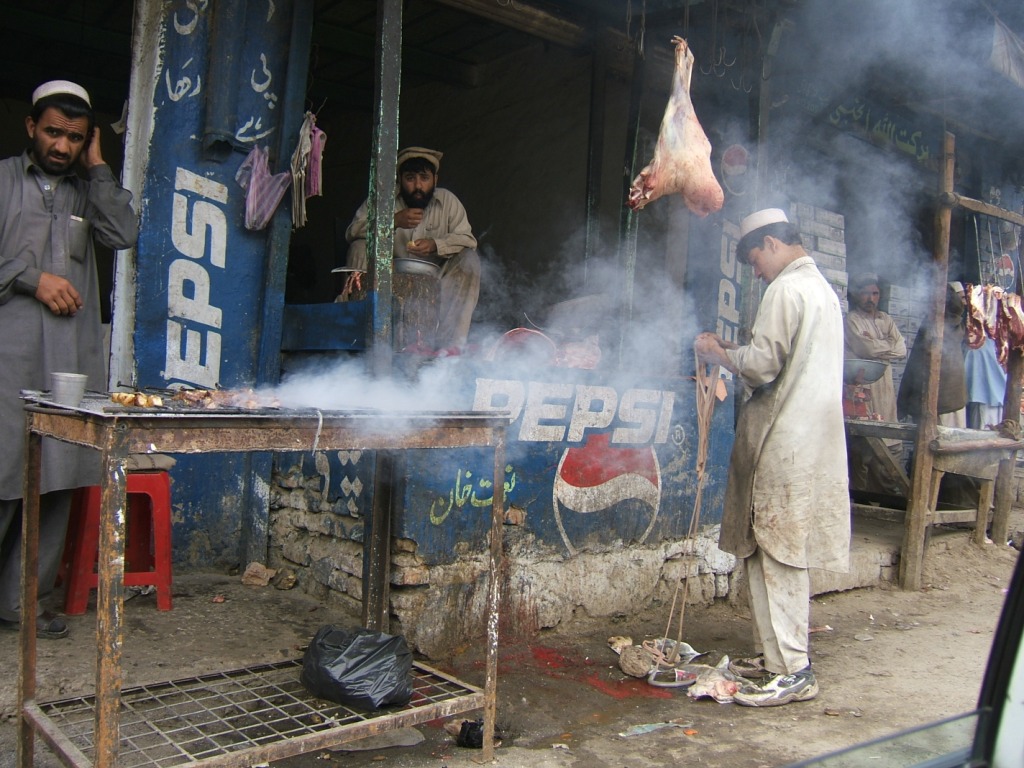
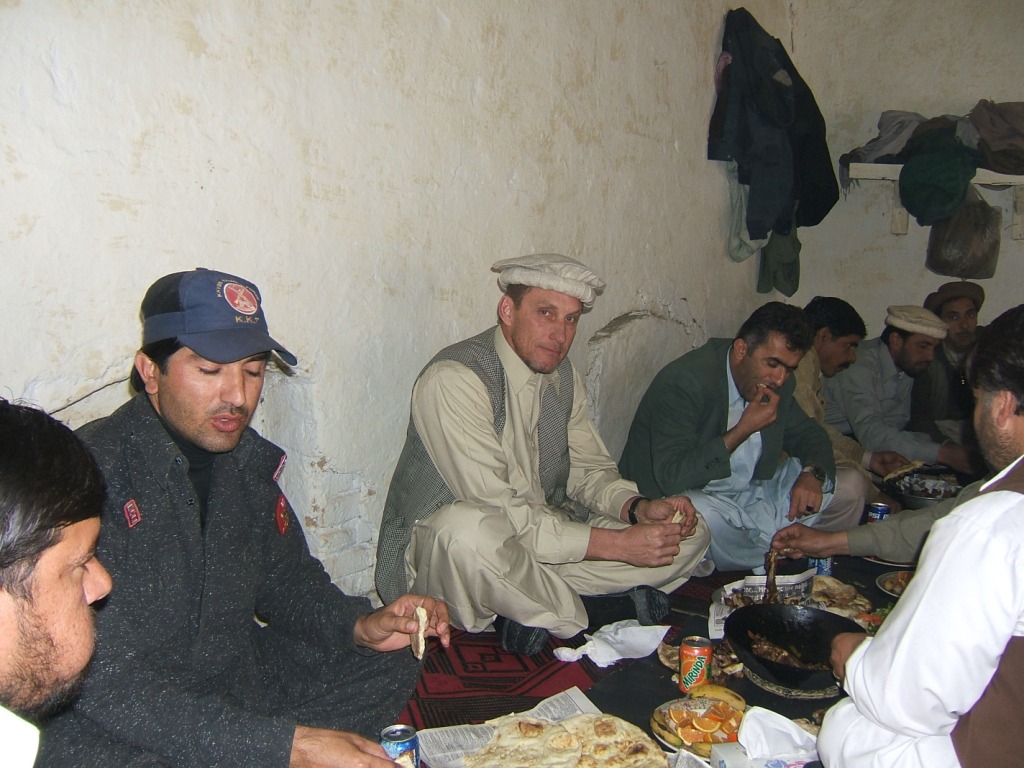
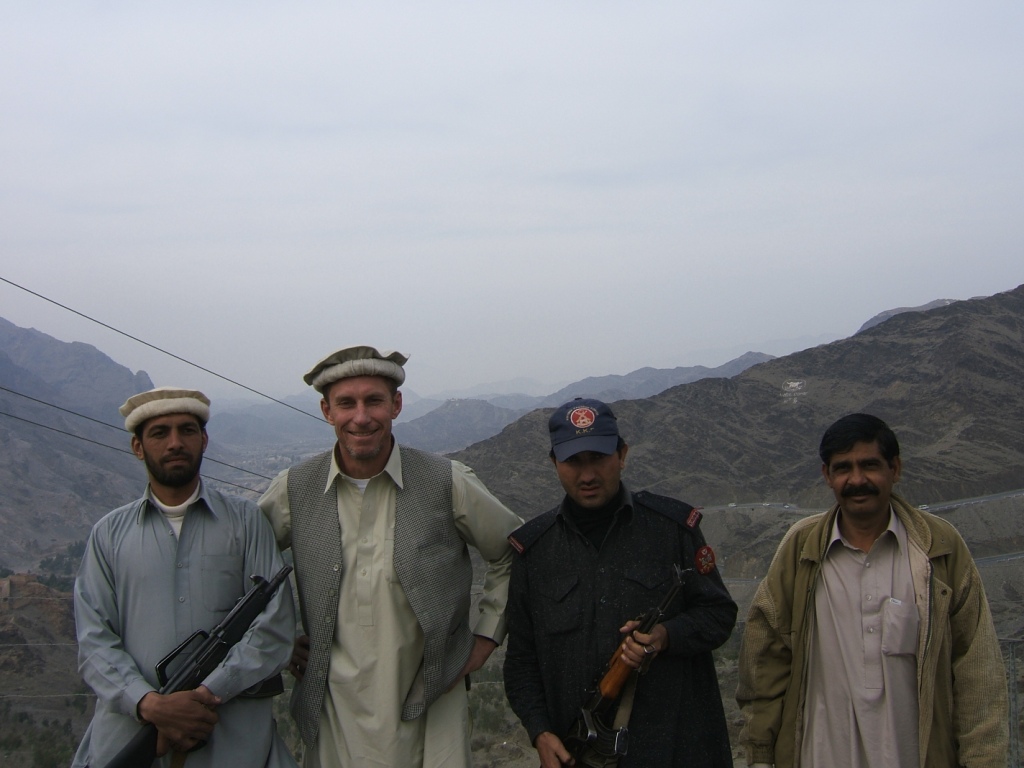
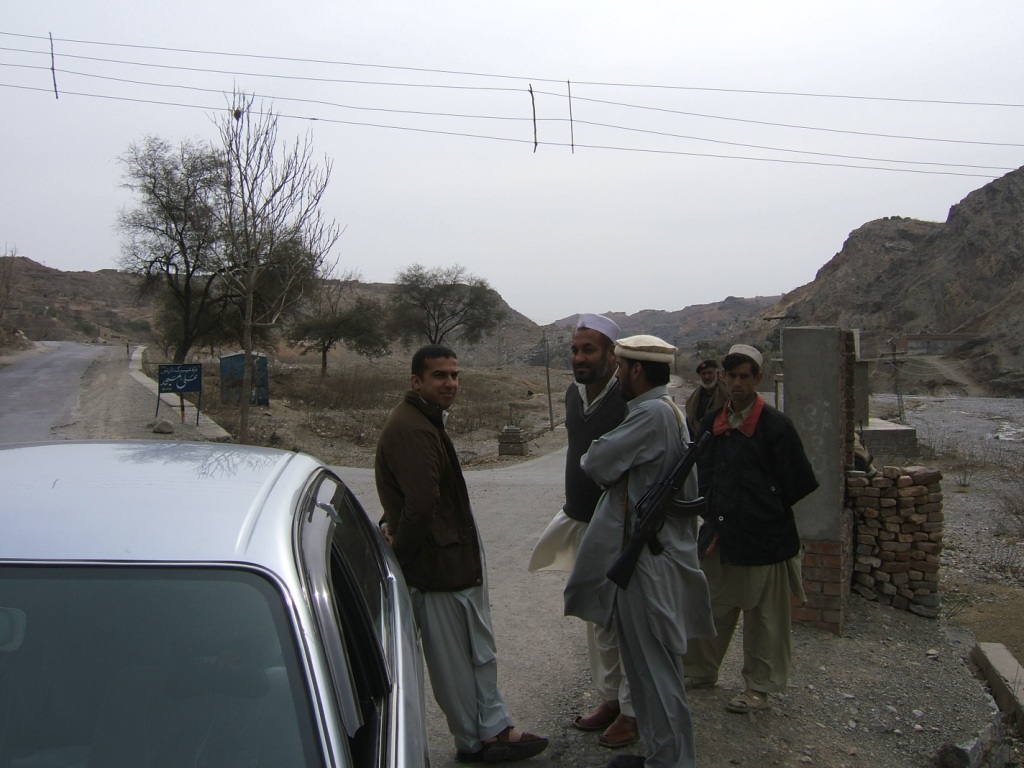

Qissa Khawani Bazaar.
Driving through the Khyber these days has gotten much more risky. There was serious fighting between the semi secular Afridi. like Yahya’s friends, and their more fundamentalist Taliban influenced neighbors. Scenes like the picture below are common now and unless things change dramatically I would not recommend driving through the Khyber Pass.


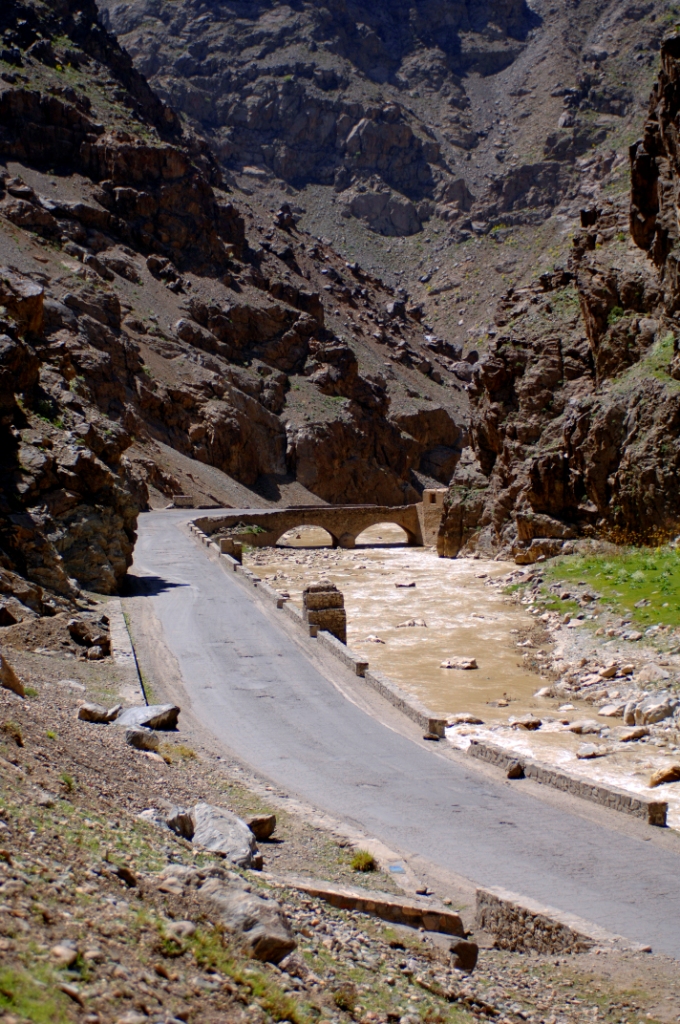
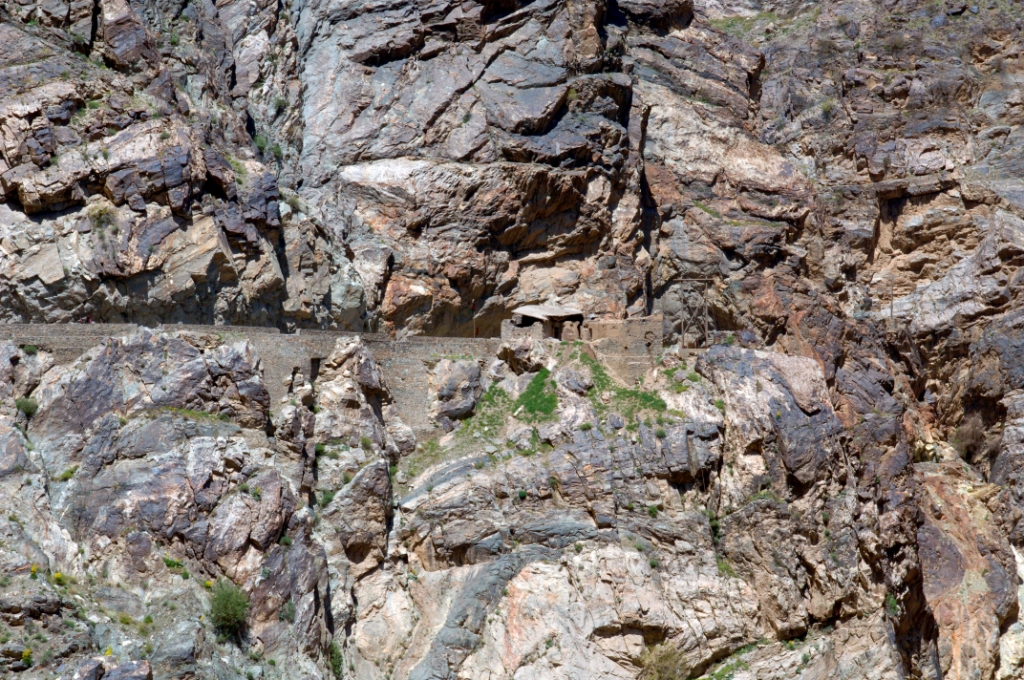
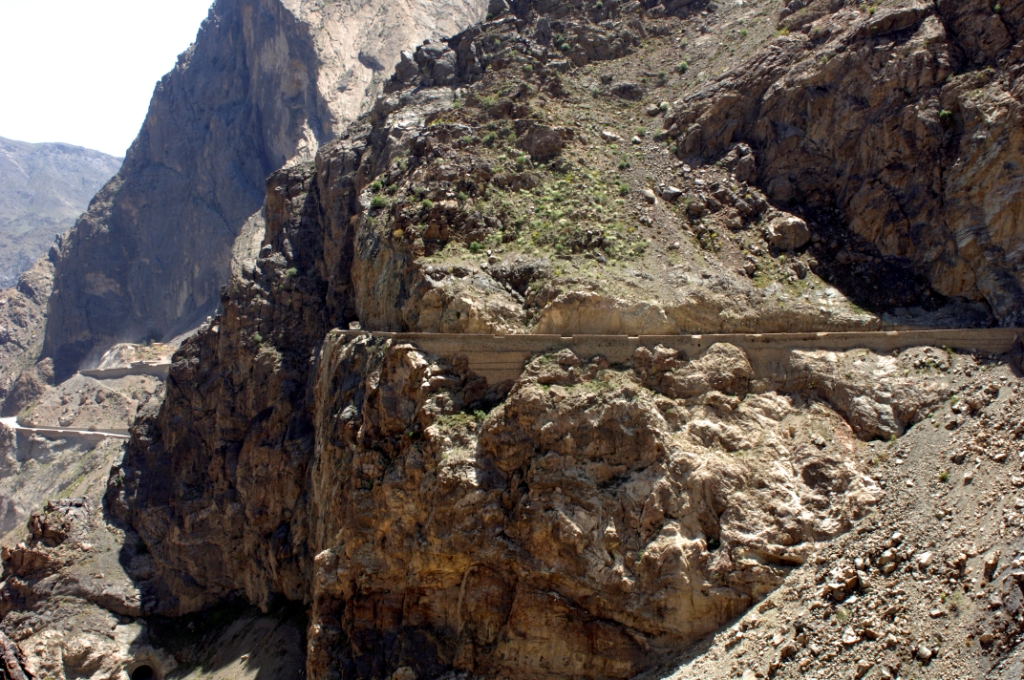
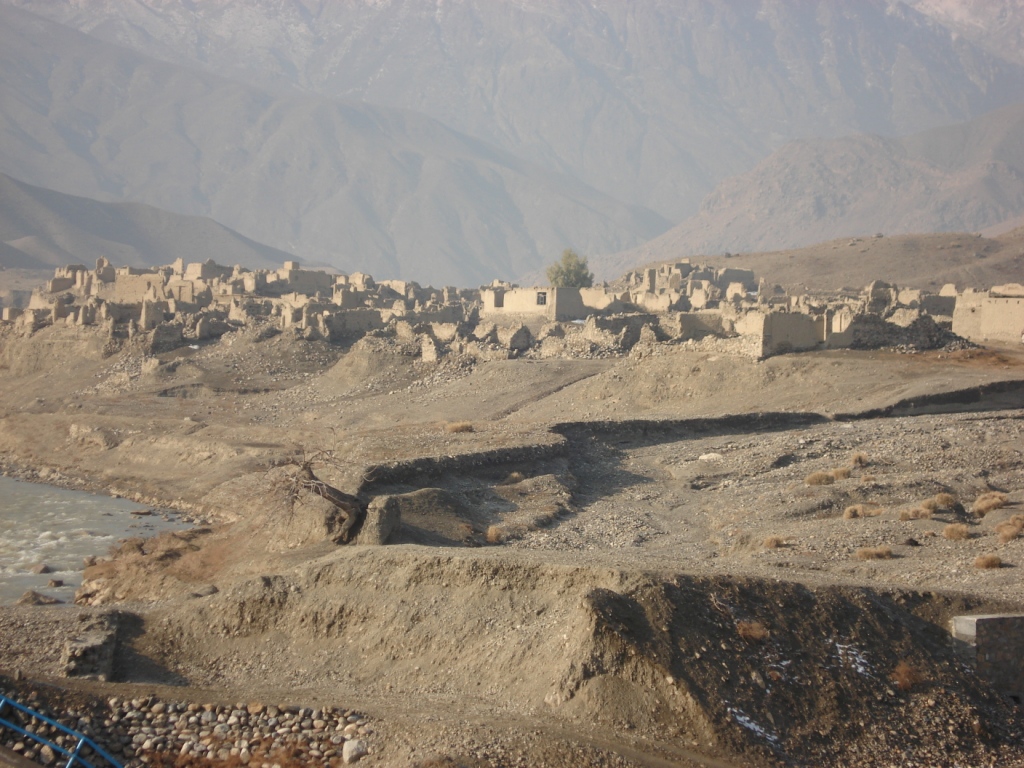
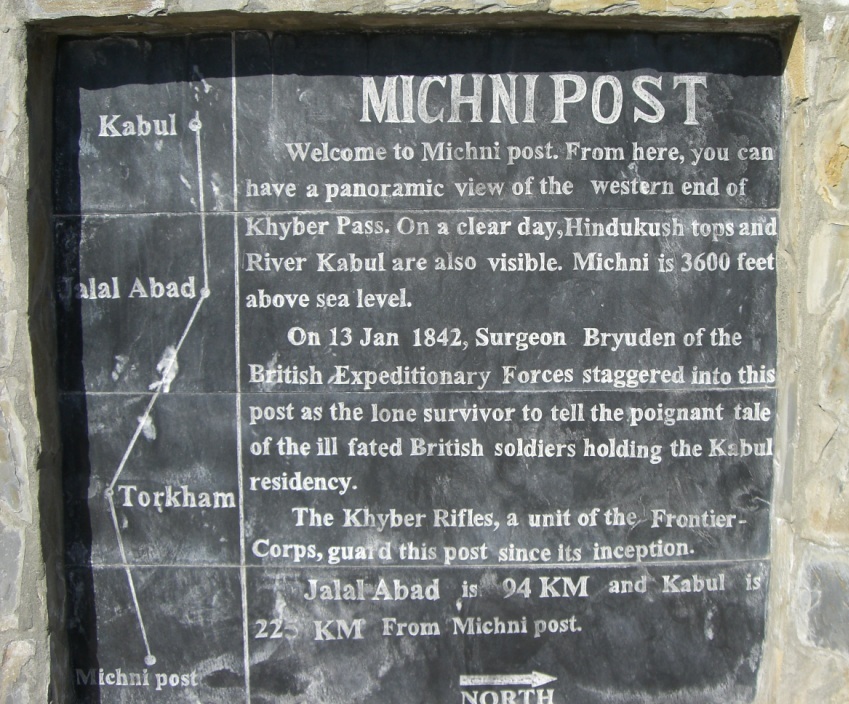
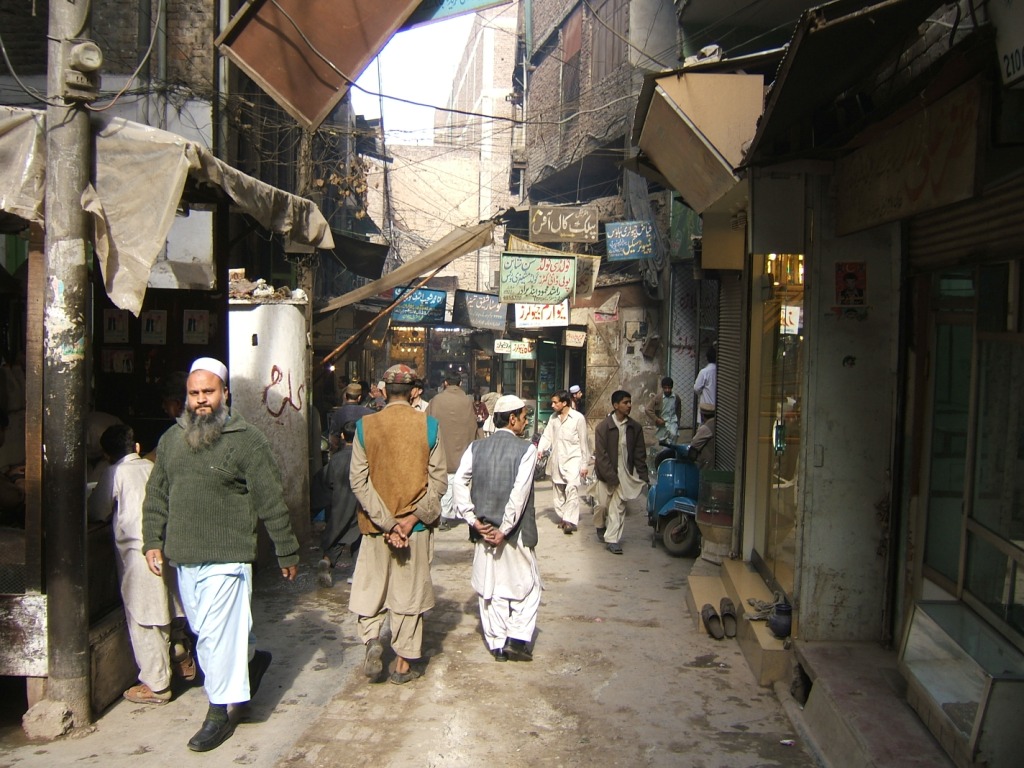
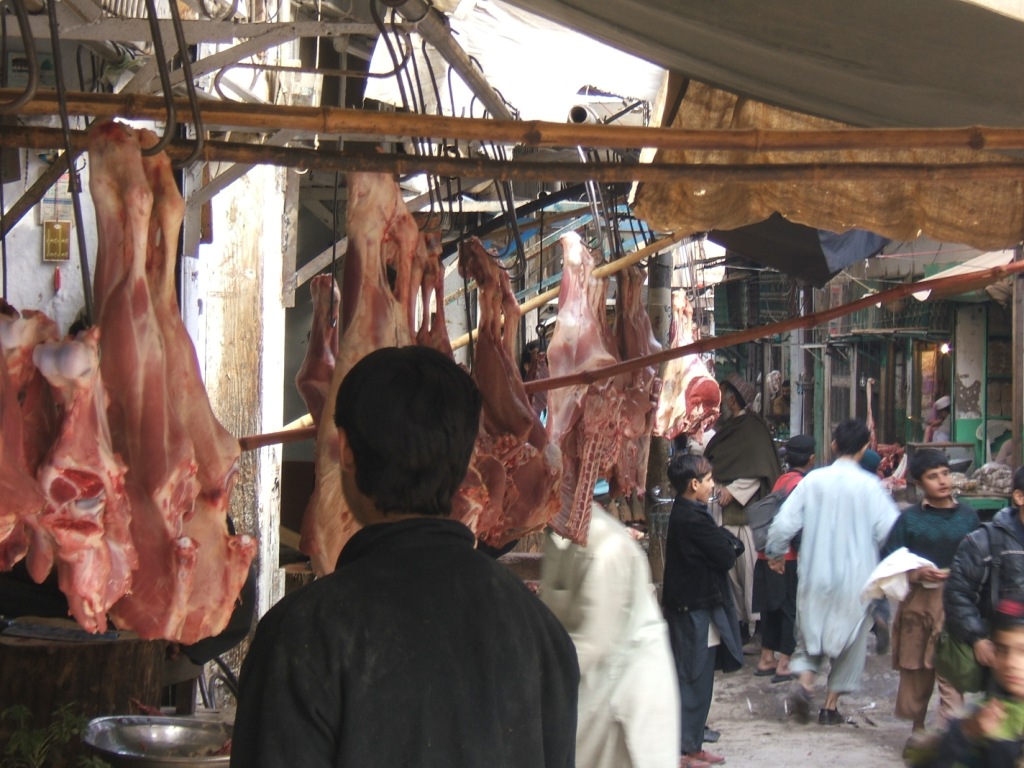
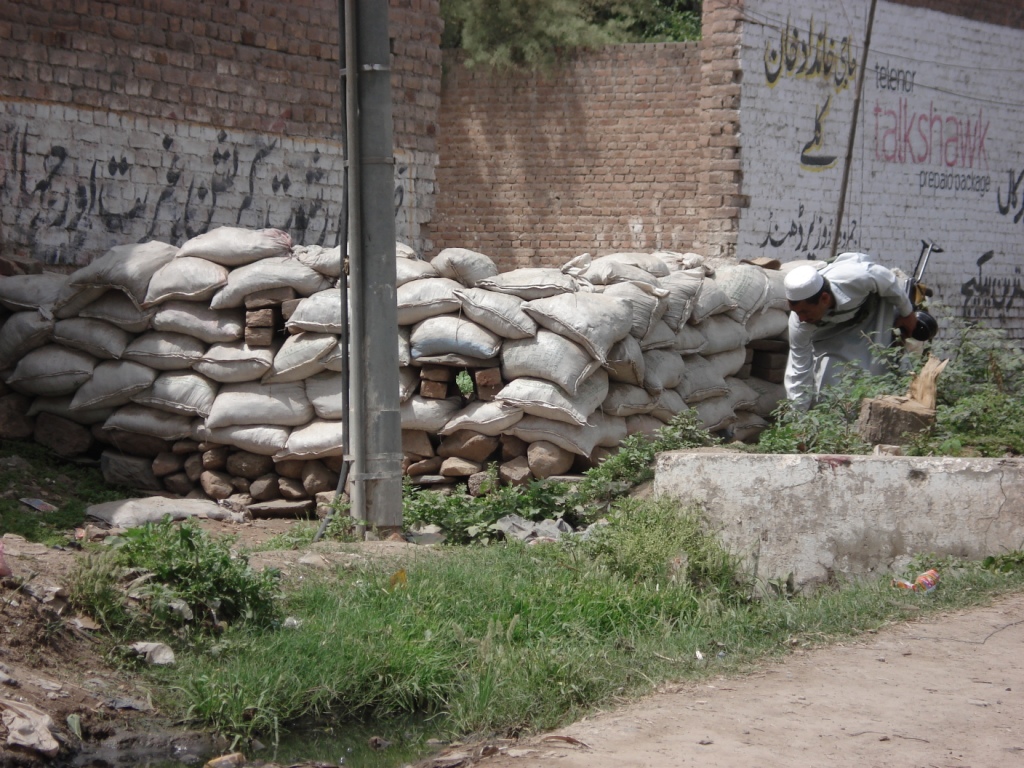

I finally decided to write a comment on your blog. I just wanted to say good job. I really enjoy reading your posts.
Great photos. Can’t wait for the next post. Stay safe.
Jim
When you finally retire from security you should become a travel writer. I was stuck inside the wire at KAF and never got to see the Khyber Pass. Great pics! Decent writing. Keep it up.
Question: If they try a surge of more troops into Afghanistan, how are they going to logistically support them if our MSR is subject to interdiction?
More attacks against the Afghan main supply route may reduce the availability of Pink Furry Love Handcuffs at the Italian PX at KIA.
Jurassic Trailer Park
Michael Yon mentions bats and babatim.
The Thunder Run has linked to this post in the blog post From the Front: 10/21/2008 News and Personal dispatches from the front and the home front.
Misreading the Taliban
According to Jason Burke “Victory” as previously defined is now impossible.
Hey, Tim,
Just watched Frontline: The War Briefing. My takeaway from that is that PBS and most of the people they interviewed think there is no hope, the Taliban will do us like they did the Soviets. My gripe is where was the ANA? Why aren’t combined US/ANA formations in the Korengal instead of all US with a terp ot two? Looked like a total Charlie Foxtrot watching them blow in place a humvee they couldn’t recover. That offended this old treadheads sensibilities. Anyway, watch this when you get a chance, and let your readership know what you think.
love the pics. thanks, very informative as usual.